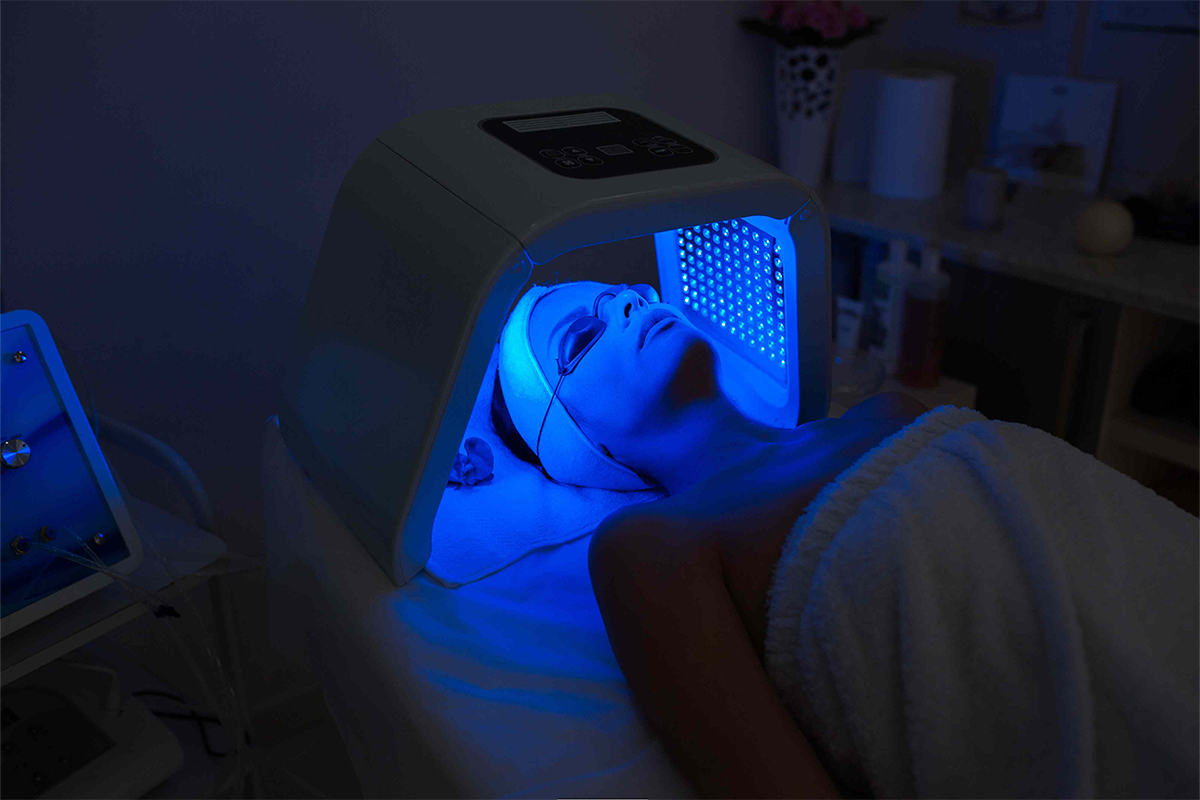
Chronic skin conditions like psoriasis and vitiligo are more than just surface issues—they affect confidence, lifestyle, and mental well-being. One of the most promising treatment options in recent years is UVB light therapy, especially narrowband UVB, which targets affected skin areas with precision and minimal side effects. While traditionally administered in medical facilities, advances in technology now allow individuals to pursue this therapy from the comfort and privacy of their homes. This article presents a comprehensive breakdown of home-based UVB light therapy, covering everything from setup to long-term care.
What Is UVB Light Therapy?
UVB light therapy is a form of phototherapy that exposes the skin to a specific range of ultraviolet B rays, primarily between 311–313 nanometers in narrowband treatments. This specific wavelength has proven particularly effective in treating various skin conditions by suppressing the immune response, slowing down the production of skin cells, and reducing inflammation.
In contrast to UVA therapy, which often requires psoralen to increase skin sensitivity, UVB treatment does not involve photosensitizing drugs, making it simpler and less invasive.
Why Choose Home-Based Phototherapy?
Modern lifestyles often make frequent clinic visits difficult. Home-based therapy solves this by allowing regular, personalized treatment without travel or waiting times. The psychological comfort of being at home also encourages long-term adherence to treatment plans.
Key benefits include:
Autonomy: Patients can tailor their sessions to their schedule.
Privacy: Especially valuable for treating sensitive or large areas of the body.
Financial Efficiency: Although the initial equipment investment may be significant, the overall savings from reduced clinic visits are considerable.
Better Compliance: Since the treatment is accessible, it’s easier to stick to a consistent regimen, which is crucial for chronic conditions.
Preparing for UVB Therapy at Home
Before you dive into home-based therapy, preparation is essential. Misuse can lead to burns or ineffective results. Here’s how to get started:
Consult a Medical Professional: No matter how confident you feel, only a dermatologist can accurately assess your condition and suggest an appropriate treatment plan.
Choose a Certified Device: Purchase equipment that is FDA-approved or meets relevant medical standards. Devices range from handheld lamps for localized treatment to full-body panels for widespread conditions.
Understand the Protocols: A typical plan involves 3–5 sessions per week, each lasting just seconds to minutes depending on the individual’s tolerance and progress.
Safety Measures During Treatment
Safety is paramount when dealing with UVB rays. Here are the primary precautions to ensure the therapy is beneficial and not harmful:
Eye Protection: Always wear UV-blocking goggles during sessions.
Skin Shielding: Cover unaffected or sensitive areas to avoid unnecessary exposure.
Progressive Exposure: Start with minimal exposure time and gradually increase under professional advice.
Monitor Side Effects: Look out for burning, redness, or itching. Report anything unusual to your doctor.
Who Can Benefit from Home UVB Therapy?
Several dermatological conditions respond well to narrowband UVB therapy:
Psoriasis: Particularly effective for plaque-type psoriasis.
Vitiligo: Helps stimulate pigment cells, especially in early stages.
Eczema: Reduces itching and inflammation in chronic cases.
Lichen Planus and Pityriasis Rosea: Can also respond to UVB under supervision.
Challenges and Risks
While the convenience is appealing, UVB phototherapy does come with risks:
Skin Damage: Overexposure can result in burns or premature aging.
Cancer Risk: Cumulative exposure over many years could increase skin cancer risk.
Equipment Misuse: Poor understanding of settings and schedules may reduce effectiveness or lead to complications.
Maintenance of Phototherapy Equipment
Proper care of your device not only ensures safety but also extends its lifespan:
Clean the UVB bulbs after each session.
Replace bulbs periodically as they lose intensity with use.
Store the unit in a dry, safe environment.
Check for firmware or manufacturer updates if applicable.
How to Evaluate Treatment Progress
Keeping a treatment diary is strongly recommended. Document:
Frequency and duration of sessions
Skin responses post-treatment
Photos at regular intervals for visual comparison
Any side effects experienced
Share this data with your healthcare provider during check-ups to determine if adjustments are needed.
Home-based UVB phototherapy is a powerful and increasingly accessible tool in managing persistent skin diseases. While it demands a degree of responsibility and education, the benefits—both medical and emotional—are substantial. With proper consultation, high-quality equipment, and a disciplined approach, you can enjoy clinic-level results without leaving your home.